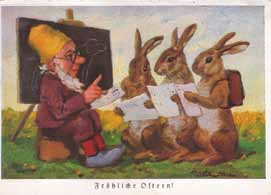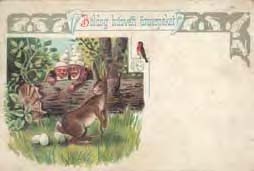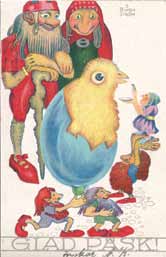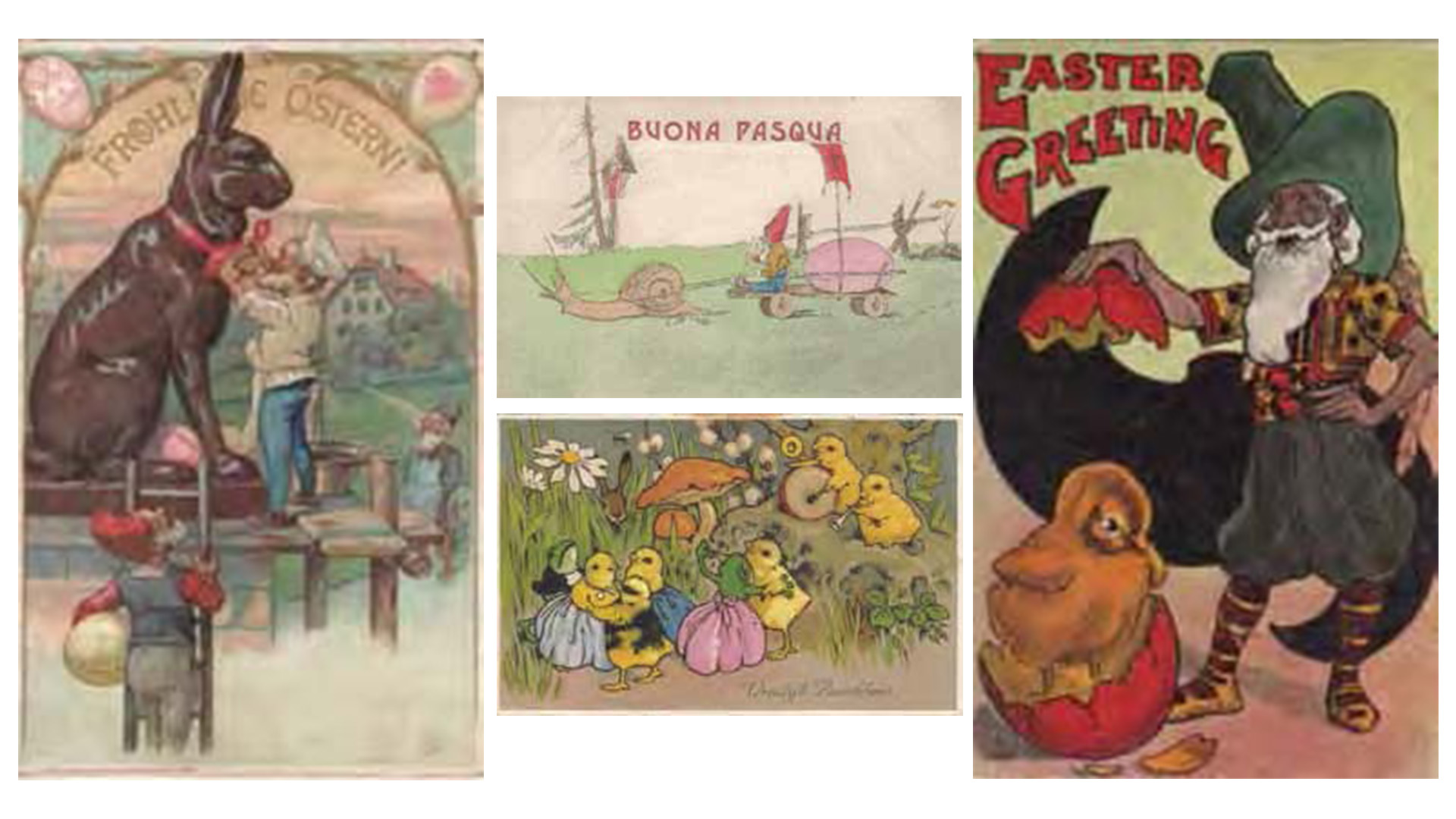
March/April 2013. Vol. 4, No. 2
By: Bob Dissinger
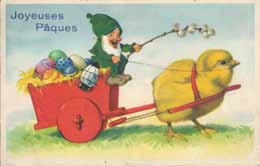 Spiritually, Easter celebrates Christ’s Resurrection. The season is divided into three periods: Lent, Holy Week, and Eastertide, the 50 days following. In the West, the Gregorian calendar is used to establish the date of Easter Sunday. It is the first Sunday following the full moon after the vernal equinox on March 21. Consequently, it is observed anywhere from March 22 to April 25. In Christian Orthodoxy, the Julian calendar is used to set the date of Easter, thus it usually occurs one to two weeks after the Western churches celebrate the event. The exact origin of Easter is unknown. Derived from Oestre, the Teutonic goddess of spring and fertility, the word is probably a mistranslation of the Latin “White Week,” becoming Esatarum in Old High German and later, Easter in English.
Spiritually, Easter celebrates Christ’s Resurrection. The season is divided into three periods: Lent, Holy Week, and Eastertide, the 50 days following. In the West, the Gregorian calendar is used to establish the date of Easter Sunday. It is the first Sunday following the full moon after the vernal equinox on March 21. Consequently, it is observed anywhere from March 22 to April 25. In Christian Orthodoxy, the Julian calendar is used to set the date of Easter, thus it usually occurs one to two weeks after the Western churches celebrate the event. The exact origin of Easter is unknown. Derived from Oestre, the Teutonic goddess of spring and fertility, the word is probably a mistranslation of the Latin “White Week,” becoming Esatarum in Old High German and later, Easter in English.  In Spanish, Easter is Pascua; in French, Paques; In Italian, Pasqua; in Dutch, Paasfeest; in German, Ostern; in Finland and other Scandinavian countries, Pask. The Easter Bunny, which originated in the 1700s, came courtesy of the Pennsylvania Germans, who brought their tradition of an “Osterhase” or “Oschter Haws” – an egg-laying rabbit – to this country. The Osterhase laid colored eggs, for which the children made nests. The tradition of the Easter egg is linked to Pagan tradition. Eggs were a symbol of new life and were linked to their festivals that celebrated spring. In times past, eggs were forbidden during Lenten, so they were decorated and eaten on Easter to celebrate. Easter candy, the Easter-egg hunt or roll and Easter parades are merely extensions of the Easter tradition. I hope the following postcards will show you how other creatures celebrate Easter — ironically, much in the same way we do. Remember what Easter means. I wish you a blessed Easter this March 31.
In Spanish, Easter is Pascua; in French, Paques; In Italian, Pasqua; in Dutch, Paasfeest; in German, Ostern; in Finland and other Scandinavian countries, Pask. The Easter Bunny, which originated in the 1700s, came courtesy of the Pennsylvania Germans, who brought their tradition of an “Osterhase” or “Oschter Haws” – an egg-laying rabbit – to this country. The Osterhase laid colored eggs, for which the children made nests. The tradition of the Easter egg is linked to Pagan tradition. Eggs were a symbol of new life and were linked to their festivals that celebrated spring. In times past, eggs were forbidden during Lenten, so they were decorated and eaten on Easter to celebrate. Easter candy, the Easter-egg hunt or roll and Easter parades are merely extensions of the Easter tradition. I hope the following postcards will show you how other creatures celebrate Easter — ironically, much in the same way we do. Remember what Easter means. I wish you a blessed Easter this March 31.
